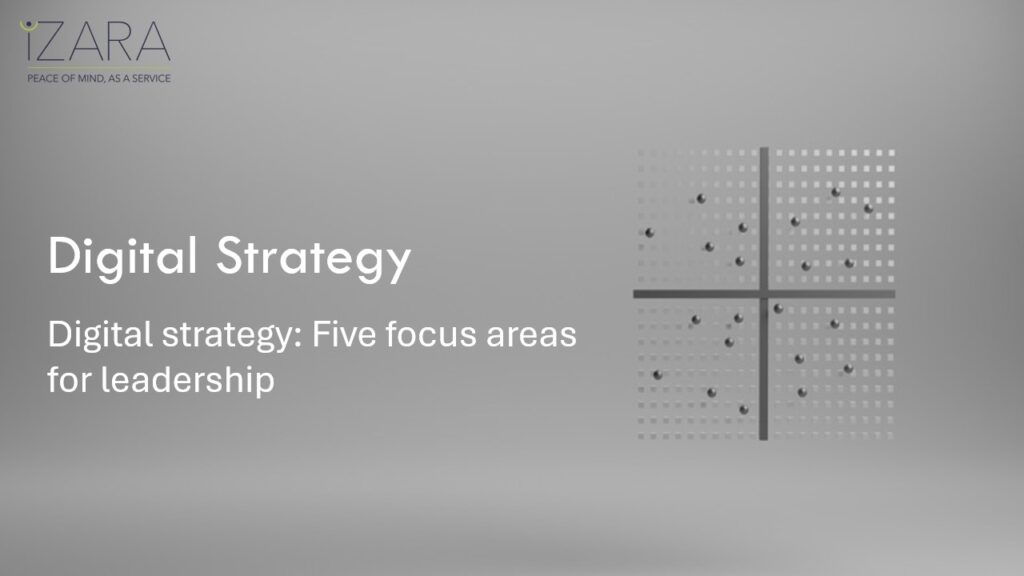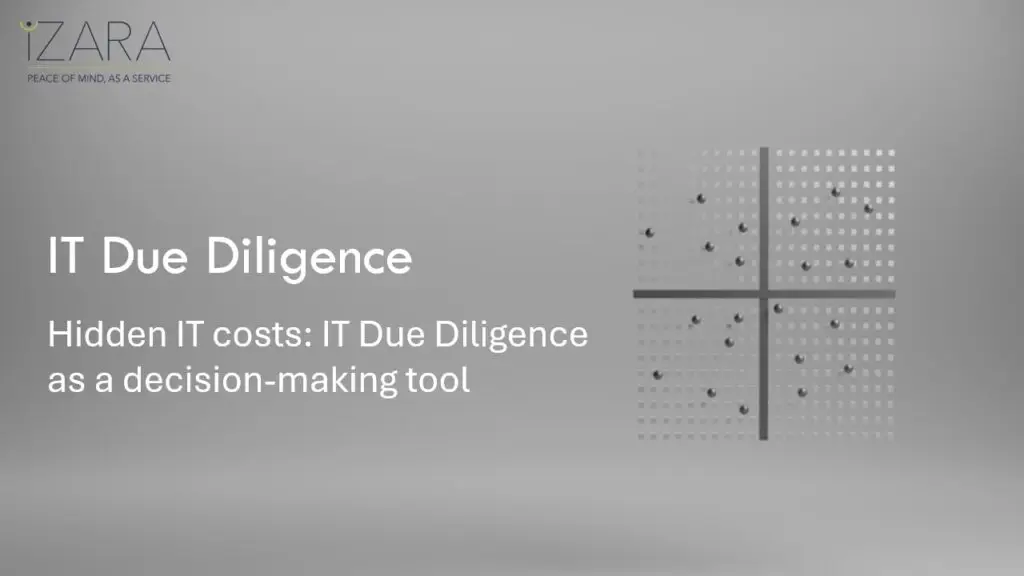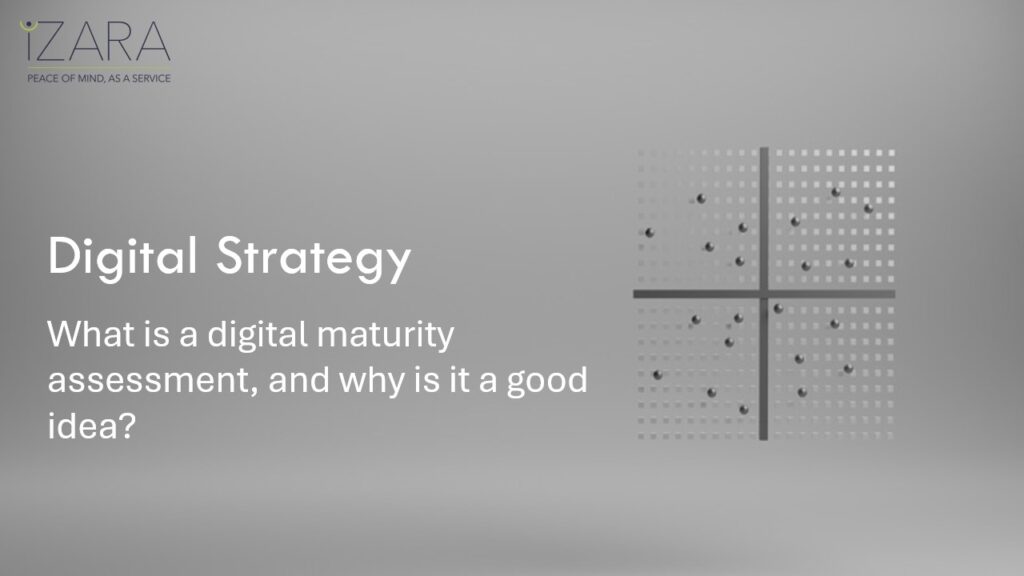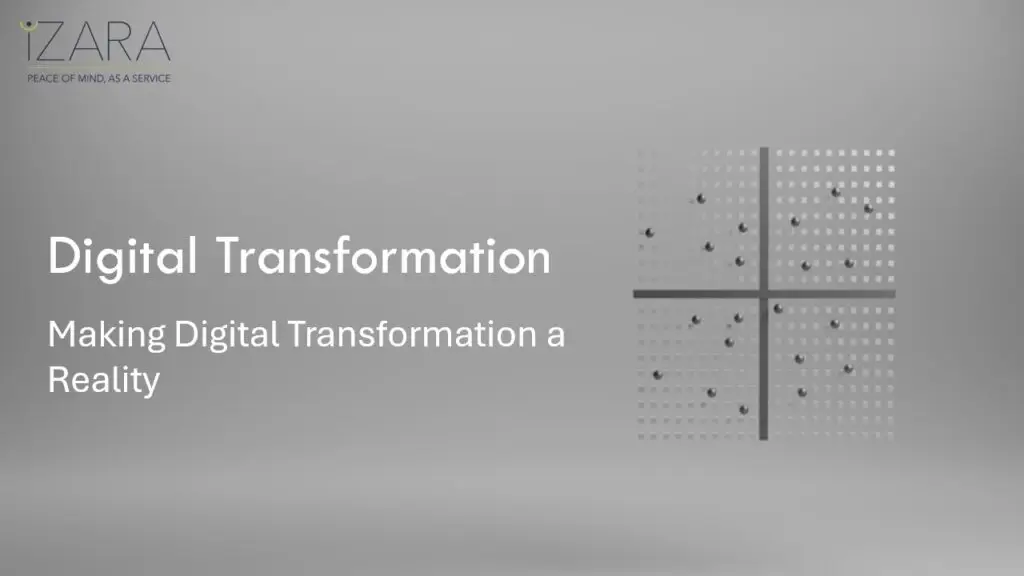The market, ecosystem, and business conditions in which we practice strategy and leadership shape how we design and execute strategies and determine the tools—technology and organizational forms included—that we use.
Digital agenda
The digital agenda is not just a part, but a crucial component of any strategic plan today. This urgency and importance of the digital agenda is reflected in the evolving IT organizational structures. CIO and CTO roles are often expanded to include CDIO (Chief Digital Information Officer) and CDTO (Chief Digital Transformation Officer), emphasizing the importance of digital capabilities at the executive level.
The rapid pace of market changes, shifting customer needs, evolving partner demands for fully integrated ecosystems, regulatory pressures, and relentless technological advancements call for a more adaptive strategy. Traditional, rigid strategic models no longer suffice for navigating these complexities.
Today’s viable strategy must be digitally grounded and highly focused on the business model and the organization’s ability to innovate and respond quickly. This approach better equips companies to manage rapidly shifting market conditions and the transformative impact of new technologies.
Working with a digital strategy isn’t new for Danish companies. For years, digital efforts have revolved around five key areas, often implemented within existing organizational structures and supported by traditional strategy processes:
Increased efficiency and productivity – Primarily through process automation and workflow optimization.
Improved customer satisfaction and marketing – Focused on customer journeys, personalized service, and reputation building, often through professional use of social media.
Data analysis and decision support – Collecting and analyzing large datasets (structured and unstructured) for trend and market insights.
Scalability and flexibility – Leveraging modular systems and cloud-based digital services.
Competitive advantage – Exploring how new technologies drive innovation and differentiation.
While new technologies like generative AI, including ChatGPT and Co-Pilot, are gaining attention, they are tools that must be integrated into operations and effectively leveraged by organizations.
The need for agile strategy
Digital, IT, and data strategies—all involving transformative elements—should be seen as components of an overarching strategic approach. Leadership at the executive and board levels must adopt a forward-looking mindset.
Companies need the right competencies at all levels to enable an agile strategy that adapts to changing conditions.
This includes addressing five key focus areas:
1. Continuous reconfiguration
This involves the dynamic adjustment of organizational elements, systems, or processes to respond to internal and external changes. For example, technologies like ChatGPT demand real-time responses to market shifts, which can be facilitated by continuous reconfiguration.
Key aspects:
Adaptability: Flexibility in processes, strategies, and operational models.
Real-time responsiveness: Immediate adjustments to changes.
Technology integration: Leveraging AI, machine learning, and data analytics for rapid adaptation.
Organizational flexibility: Fostering a culture that embraces change and innovation.
2. Phasing out non-value-adding activities
Strategically discontinuing activities that no longer align with business goals or deliver value is essential for maintaining agility and optimizing resources.
Key aspects:
Strategic decision-making: Identifying activities to phase out based on analyses.
Focus on core competencies: Redirecting resources to align with business priorities.
Resource optimization: Efficiently reallocating time, capital, and labour.
Risk management: Mitigating risks from unproductive activities.
3. Resource allocation to promote agility
Strategically managing mission-critical resources centrally ensures flexibility to seize new opportunities without being constrained by rigid structures.
Key aspects:
Flexible resource distribution: Quick reallocation based on shifting priorities.
Investment in technology: Emphasizing scalable and efficient solutions like cloud platforms and automation tools.
Workforce training: Equipping employees to adapt to new technologies and methods.
Cross-functional teams: Empowering collaboration across disciplines.
4. Strengthening innovation capacity
Fostering innovation requires a commitment to effectively generating and implementing new ideas, processes, products, or services.
Key aspects:
Innovation culture: Encouraging creativity, experimentation, and acceptance of failure as part of learning.
Leadership and vision: Setting a clear direction and allocating resources for innovation.
Structured processes: Using agile methodologies to design, test, and iterate.
Collaboration and networks: Partnering internally and externally for new ideas and solutions.
5. Courageous leadership
Strategic courage means involving a wider range of stakeholders, recruiting and developing talent, and embracing risk to act decisively.
Key aspects:
Development-oriented mindset: Prioritizing digitalization as a core business investment.
Organization-wide upskilling: Preparing the company to adopt and implement new technologies thoroughly.
Clear prioritization: Defining 3–4 key digital milestones to achieve within 1–3 years.
Balancing daily operations with innovation: Focusing on the current business model while exploring digital opportunities.
External partnerships: Collaborating to develop value-driven solutions.
Final thoughts
This article illustrates the importance of developing and implementing an agile strategy with a strong digital agenda. While challenging, this task is achievable—even for small and medium-sized enterprises. Digital transformation, underpinned by bold leadership and a forward-thinking mindset, is no longer optional in today’s rapidly evolving market landscape.





